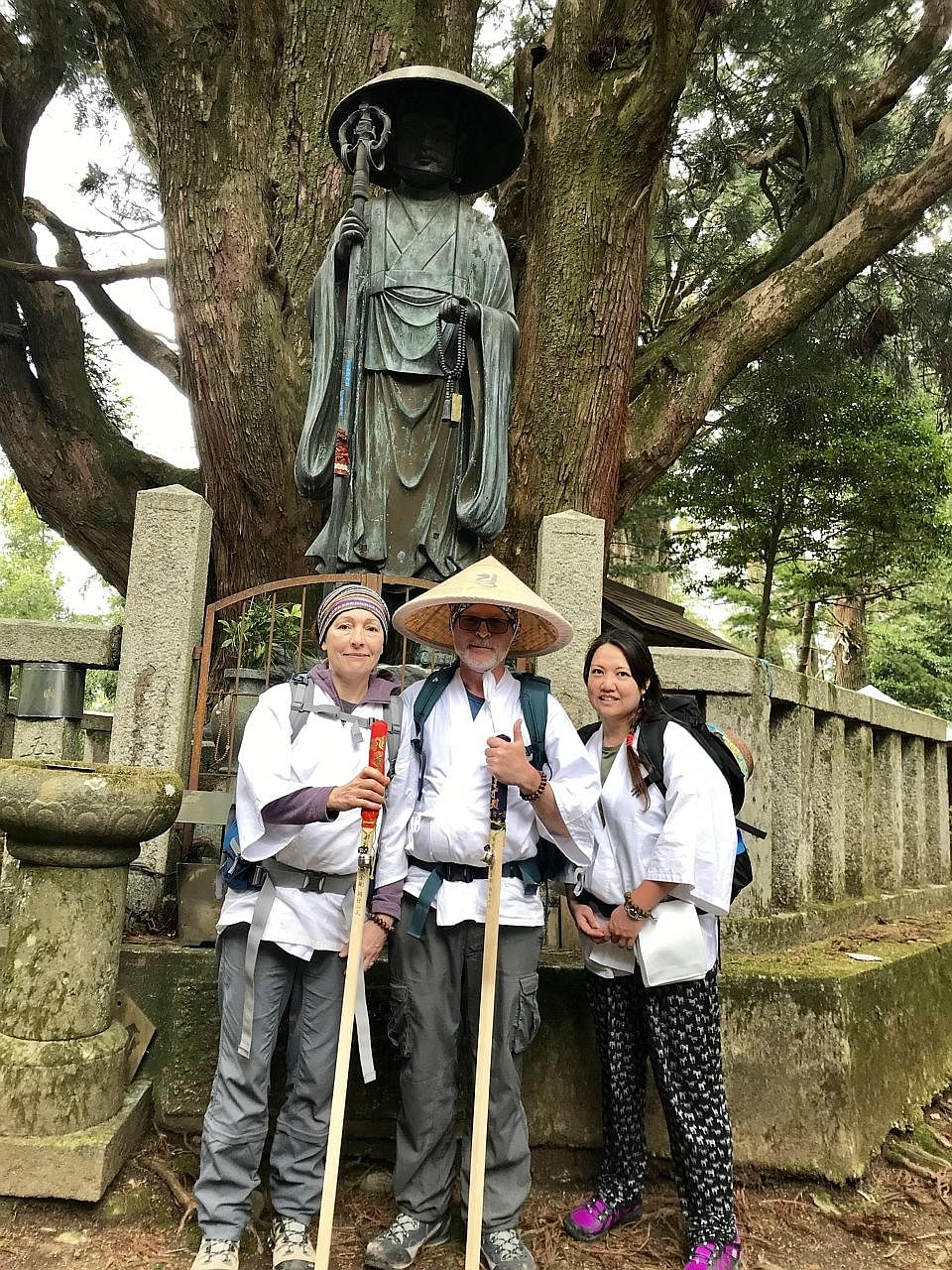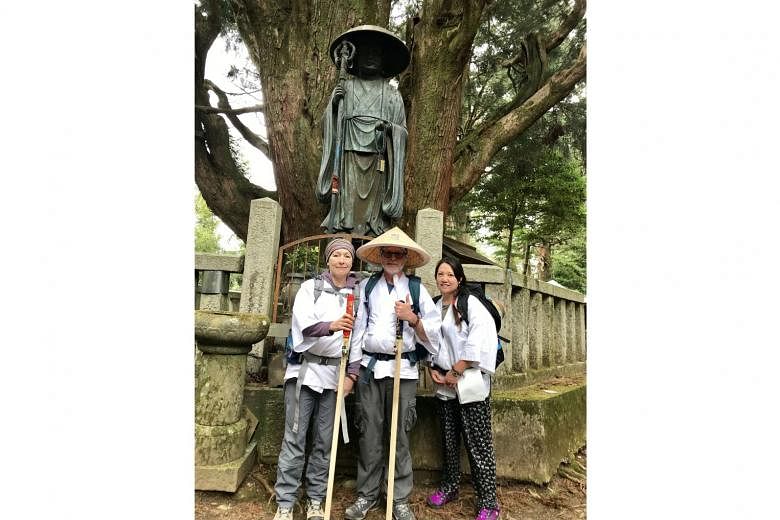The Danish philosopher Soren Kierkegaard famously said: "Life can only be understood backwards; but it must be lived forwards."
For many years, I didn't understand what he meant.
Life must be lived forwards - that part is clear enough. But in what sense can life be understood backwards? That part puzzled me.
Then, in 2013, at the end of a three-month hike from John o'Groats in Scotland to Land's End in England, I had a flash of insight.
During the hike, I had tended to pigeon-hole the various events and experiences into two categories: good ones and bad ones.
Good ones included coastal walks, mountain vistas, pints of real ale and such; bad ones included sore feet, muddy trudges through the rain and having to scrape huge black slugs from a damp inner-tent.

But at the end of the journey, looking back, I realised that I had gotten it wrong. The entire journey - every single part, slugs included - was positive and worthwhile.
In my 2016 book, Walking With Plato: A Philosophical Hike Through The British Isles, I summed it up like this: "I lived forwards, and I misunderstood it. I thought that the sore feet and the rain and the slugs were the bad bits, and I thought that the lighthouses and the puffins and the sea breezes were the good bits.
"But now, looking backwards, I understand it perfectly. They were all good bits."
I have been thinking about this recently while preparing for another long-distance trek. This time, the Shikoku Pilgrimage: a 1,100km multi-site pilgrimage of 88 temples associated with the Buddhist monk Kukai (774-835) on the island of Shikoku, Japan.
I have been longing to do this pilgrimage ever since moving to Japan, four years ago. Partly for the fun of it, but mostly to increase my knowledge and understanding of Buddhism.
While researching the trip on a very useful website (shikokuhenrotrail.com), maintained by experienced Shikoku pilgrim Dave Turkington, I came across the phrase, "The goal is the path and the path is the goal."
I really like that expression. And while I am not sure that I understand it entirely, I feel confident that its meaning is related to my earlier insight.
During the trek from John o'Groats to Land's End, I thought of the journey as a set of discrete experiences encountered more or less incidentally in pursuit of a goal: that of reaching Land's End.
For example, I thought of the day I spent walking across the barren wilderness of Rannoch Moor in Scotland, feeling wild and free, as a "good" day; and I thought of the day I spent pounding along the concrete highway to Inverness as a "bad" day.
But afterwards, I realised that each experience was intimately connected and was an integral and indispensable part of a glorious whole. And, as part of that whole, each experience, "good" or "bad", was replete with value and importance.
More recently, when I started preparing for the forthcoming pilgrimage, my mind was full of questions.
Ought I to wear the traditional costume of sedge hat and white trousers?
Should I embrace the Buddhist elements of the trip or simply remain my usual mildly sceptical self?
Should I listen to pop music and Buddhist-philosophy audiobooks as I walk, or should I commit to walking "mindfully"? And so on.
But then, on Turkington's website, I came across some sage advice.
Before the trip, he says, you can plan, worry, fret and analyse as much as you like. But from the moment you pass through the gate of the first temple, you should let all of that go.
"Let the pilgrimage take care of you," he writes. "Give up your personal agenda. Your personal goals. Your personal preferences. Become a pilgrim. Nothing more. Your job is to walk during the day and recuperate during the night, repeating that routine for as many days as it takes to get around the trail."
And that is precisely what I intend to do.
I could set myself a whole pack of goals for this pilgrimage: to learn more about Buddhism, to gain peace of mind, to gather material for a new book, to achieve some kind of enlightenment.
But if I focus upon those goals, I risk missing out on the journey.
So, I intend to bear in mind, every day and every step of the way, that the path is the goal, and the goal is the path.

